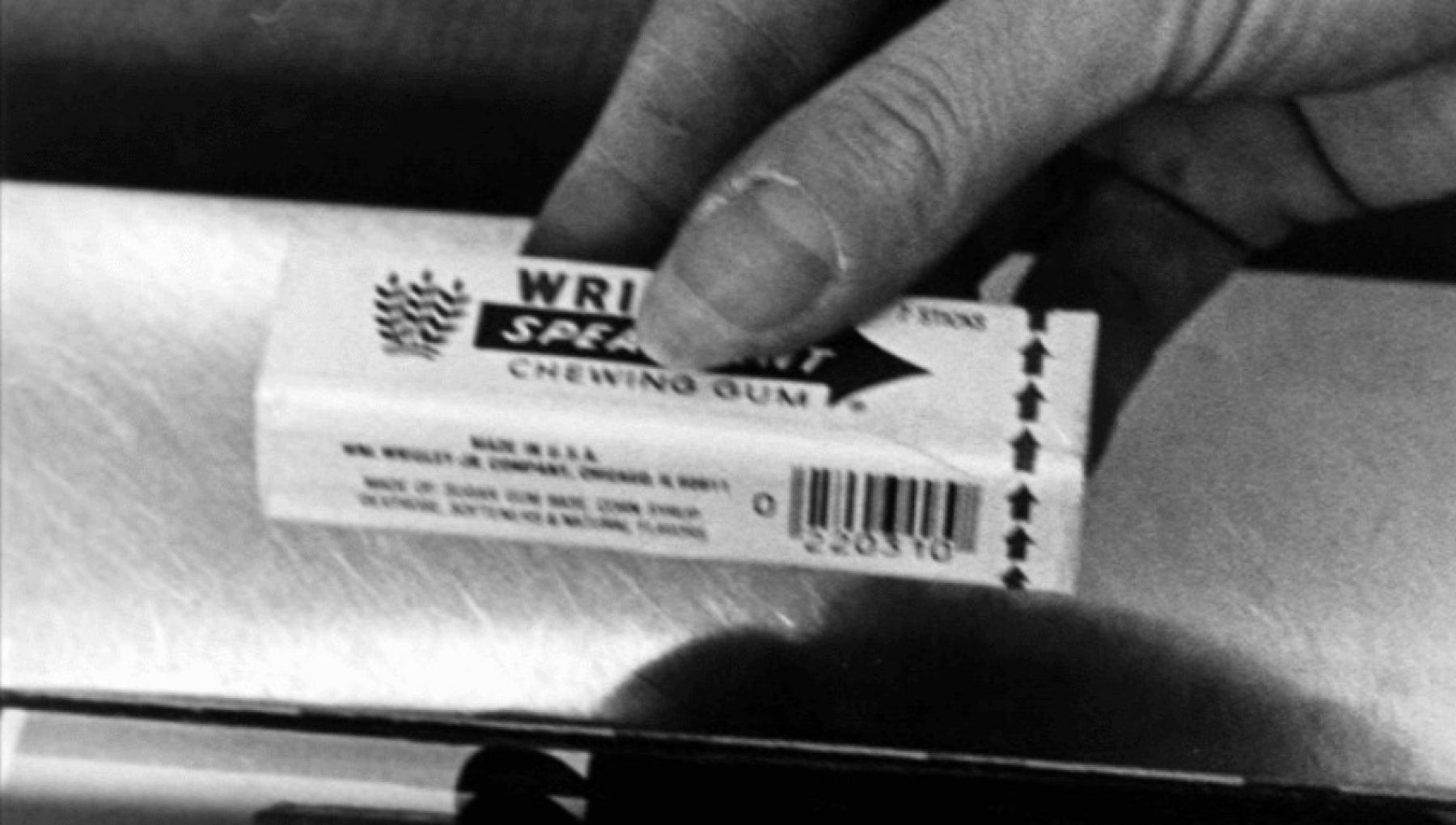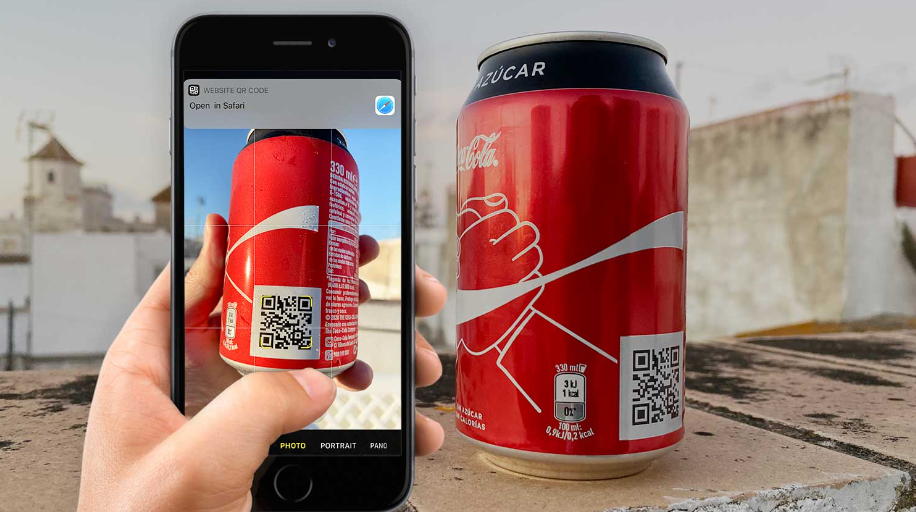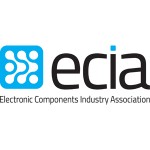The First Scan That Revolutionized Commerce

Today, June 26, 2024, marks a momentous milestone in the world of commerce—the 50th anniversary of the first UPC barcode scanned. Since our organization is deeply entrenched in barcode implementation, we proudly reflect on the incredible journey of this tiny yet mighty technological marvel. The Universal Product Code (UPC) barcode has revolutionized commerce, transforming business operations and profoundly impacting the efficiency and accuracy of the global supply chain.
The Birth of a Game-Changer
On this day in 1974, in a small Ohio supermarket, the first UPC barcode was scanned on a pack of Wrigley’s chewing gum. This event marked the beginning of a new era in retail. The UPC barcode system offered a standardized method for tracking and managing products, automating sales and inventory processes, reducing human error, and improving efficiency.
CLICK HERE TO LEARN ABOUT THE HISTORY OF BARCODES
The Mechanics Behind the Magic
The UPC barcode, composed of black and white stripes, encodes information about the product, such as the manufacturer and the item itself. A scanner reads the barcode by shining a light on it and measuring the reflection, interpreting the varying widths of the stripes and spaces. This seemingly simple mechanism enables instant access to product information, streamlining checkout processes and facilitating accurate inventory management.
Transforming Retail Operations
Before the advent of the UPC barcode, retail operations were labor-intensive and prone to errors. Cashiers manually entered product prices, leading to long checkout times and frequent mistakes. Inventory management relied on manual counts and paper records. Barcodes automated these processes, drastically reducing transaction times and improving inventory accuracy.
The impact on retail was immediate and profound. Checkout lines moved faster, inventory levels were more accurate, and businesses could make data-driven decisions based on real-time information. The ability to quickly and accurately track sales data allowed retailers to optimize stock levels, reducing overstock and stockouts. This efficiency translated into cost savings and improved customer satisfaction.
Beyond Retail: Expanding Horizons
In manufacturing, barcodes facilitate the tracking of components and finished products throughout the production processes, enhancing quality control and supply chain efficiency.
The transportation and logistics industry also embraced barcodes to streamline the movement of goods. Shipping labels with barcodes provide critical information about packages, enabling faster and more accurate sorting and delivery. Warehouses use barcode systems to manage inventory, track shipments, and improve order fulfillment accuracy. The widespread adoption of barcodes across various industries underscores their versatility and impact on global commerce.
The Evolution of Barcode Technology
Over the past 50 years, barcode technology has continued to evolve, adapting to the changing needs of businesses and consumers. The original UPC barcode paved the way for the development of more advanced barcode symbologies, such as QR codes and Data Matrix codes. These newer codes store more information and are used in applications ranging from marketing to manufacturing.
QR codes, for example, have become ubiquitous in modern marketing campaigns, providing a quick and easy way for consumers to access information or make purchases using their smartphones. Data Matrix codes are used in industries that require high-density information storage, such as electronics and aerospace. Additionally, the upcoming introduction of Digital Link QR codes in 2027 promises to revolutionize the way products are tracked and managed, offering a seamless integration of digital and physical information.
Bar Code Graphics
At Bar Code Graphics, we take pride in our role as the authority on barcode implementation. For decades, we have been at the forefront of helping businesses adopt and optimize barcode technology. Our expertise focuses on barcode origination, print quality and GTIN implementation. We understand that barcodes are more than just lines and spaces; they are critical tools that drive efficiency, accuracy, and success in today’s competitive marketplace.
Looking to the Future
As we celebrate the 50th anniversary of the UPC barcode, we also look to the future with excitement and anticipation. The next generation of barcode technology promises even greater advancements. The introduction of Digital Link QR codes in 2027 will bring a new era of product tracking and management, integrating digital and physical information for unparalleled transparency and efficiency.
At Bar Code Graphics, we are dedicated to staying at the forefront of these innovations. We continuously invest in research and development to bring the latest advancements to our clients. Our goal is to empower businesses by providing standards-compliant barcodes to meet the needs of their trading partners.
Conclusion
The UPC barcode has come a long way since its first scan 50 years ago. What began as a simple solution to streamline retail operations has evolved into a critical component of global commerce. The impact of barcode technology is undeniable, transforming industries and revolutionizing the way we conduct business. As we celebrate this milestone, we acknowledge the visionary thinkers and innovators who made it possible, and we look forward to the exciting future that lies ahead.







Comments are closed.